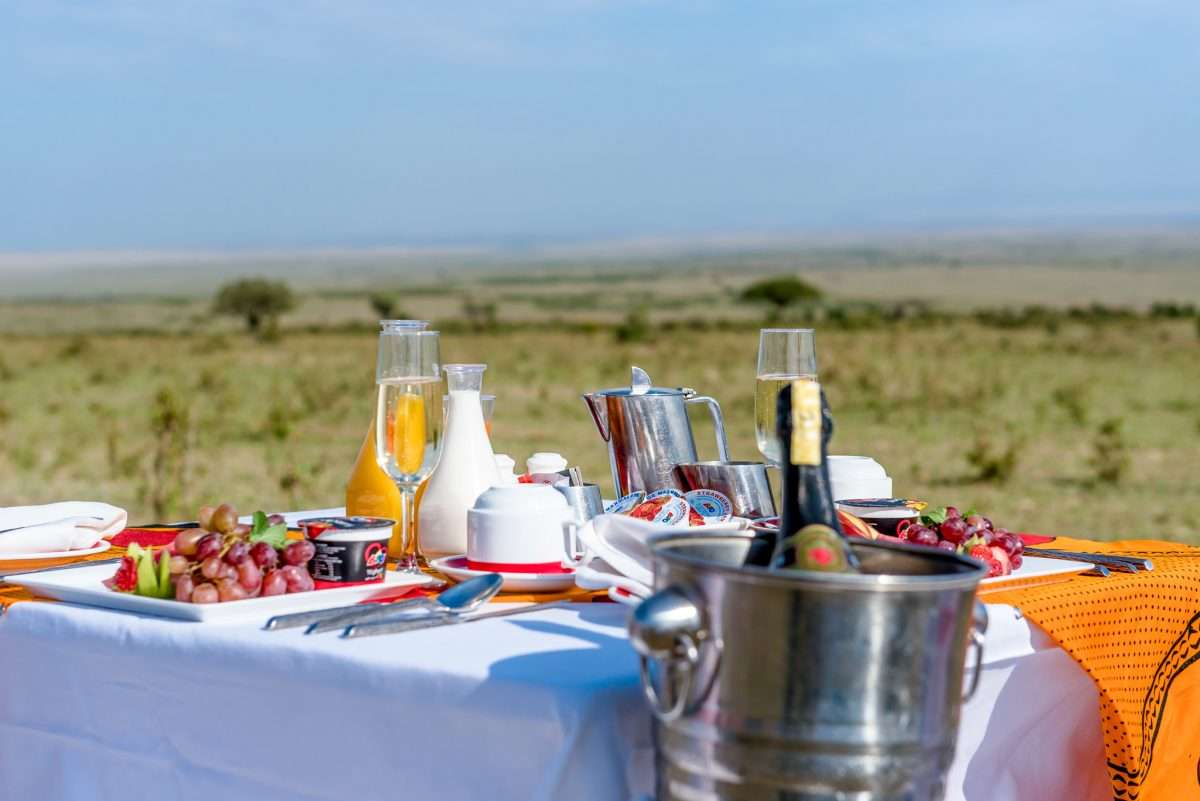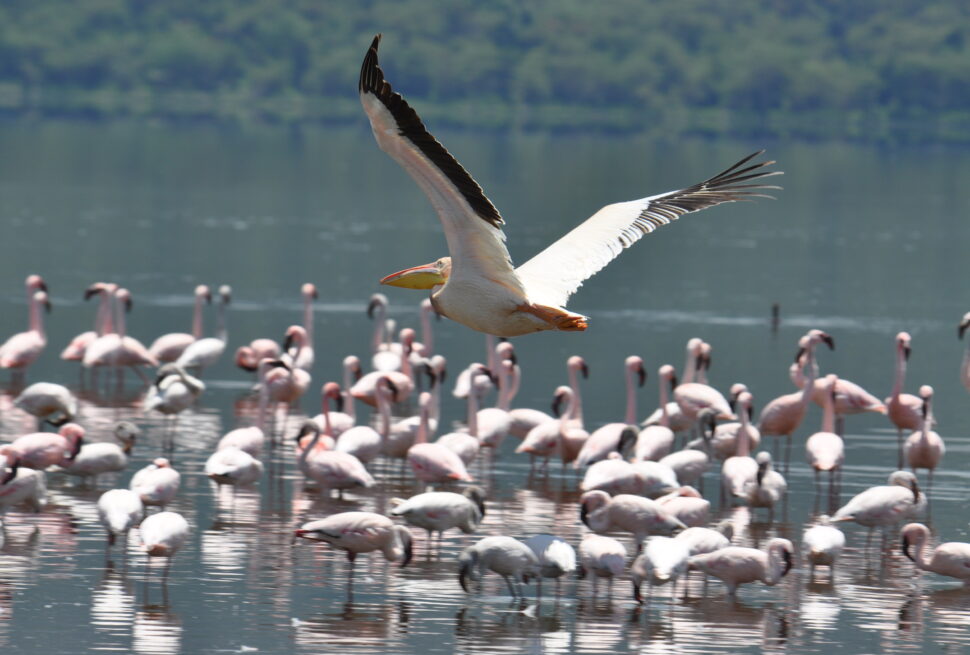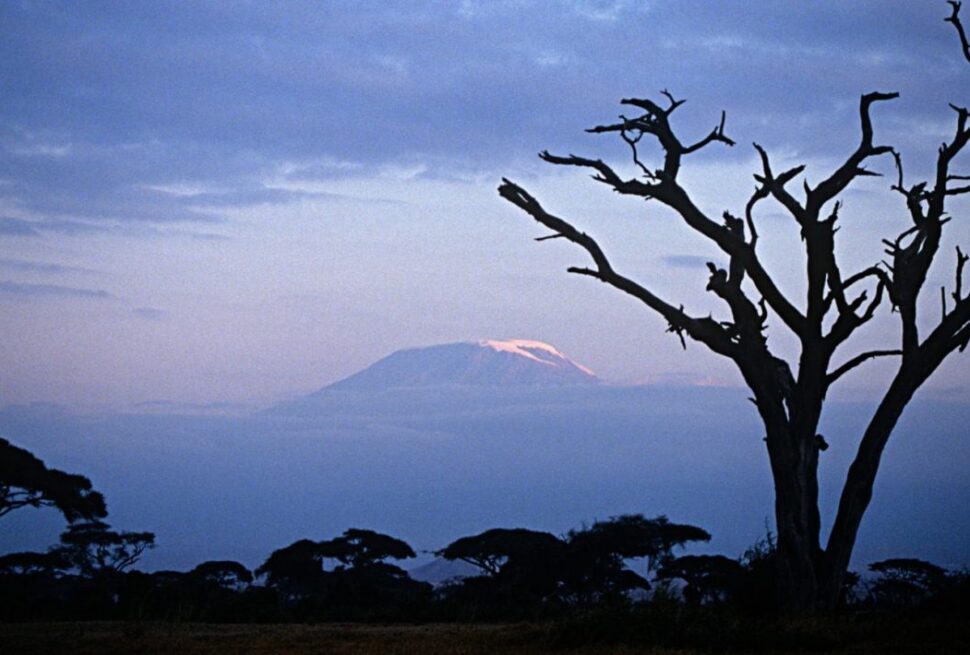Kenya is a year-round safari destination. It is busy during the dry season from June to October, when the sparse vegetation and limited water causes game to gather around water, making them easy to find and to view. However, this is the most crowded and busy time to go on safari, especially in the Masai Mara from the latter half of August to October, when the Great Migration usually arrives.
Safaris cost a premium during this time and the whole of Kenya is busy as guests do full safari circuits, combining Meru, Lewa, Samburu, Laikipia, the Rift Valley lakes and the coast into itineraries that can last as long as three months.
During the rest of the year, higher rainfall makes the vegetation thick, green and lush. The wildlife areas are uncrowded and most animals give birth to their young during this time. Lower rates mean longer and more leisurely safaris become feasible. However, when the rains really get heavy, usually between April and May, roads and airstrips become unusable and some lodges close until things dry out.
The decision when to travel depends mostly on your preferences and what you want to see. For those only wanting to see the Great Migration the choice is obvious. First-timers seeking the Big Five would also do well between June and November. However, anyone looking for a good safari experience can travel throughout the year. The wildlife, culture and landscapes are always there and a true Kenyan safari is about experiencing them in the way that most appeals to you.
While the Masai Mara boasts incredible year-round wildlife, the Great Migration is invariably a huge draw card for visitors. The peak season for Migration sightings in Kenya is considered to be between June and October and you are more likely to see river crossings during this time. However, the Migration is a year-round phenomenon and you are likely to see large herds of wildebeest at any time of year. There are far fewer visitors outside of peak season and sightings tend to be more leisurely and exclusive.
Please remember that the movements of the Migration are affected by the weather and may vary widely from year to year. The movement of the herds depends on the arrival of the rains and the animals may cross back and forth between the Serengeti and the Masai Mara a number of times in any given cycle. As it can be difficult to pinpoint specific times and accommodation tends to book up quickly for peak season, we recommend that you plan well ahead of time if you are travelling specifically to see the Migration. However, no matter what time of year you travel, the wildlife experience in the Masai Mara is guaranteed to be extraordinary.




